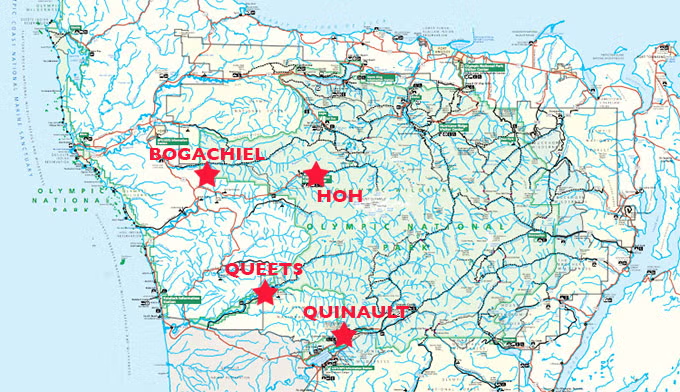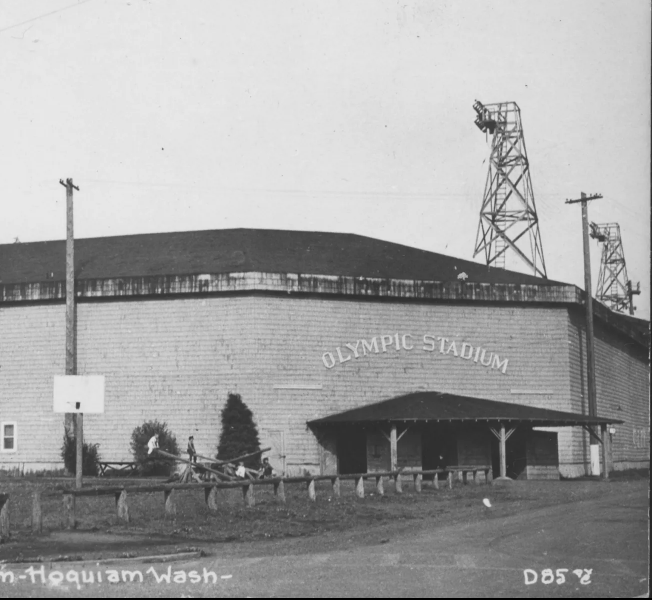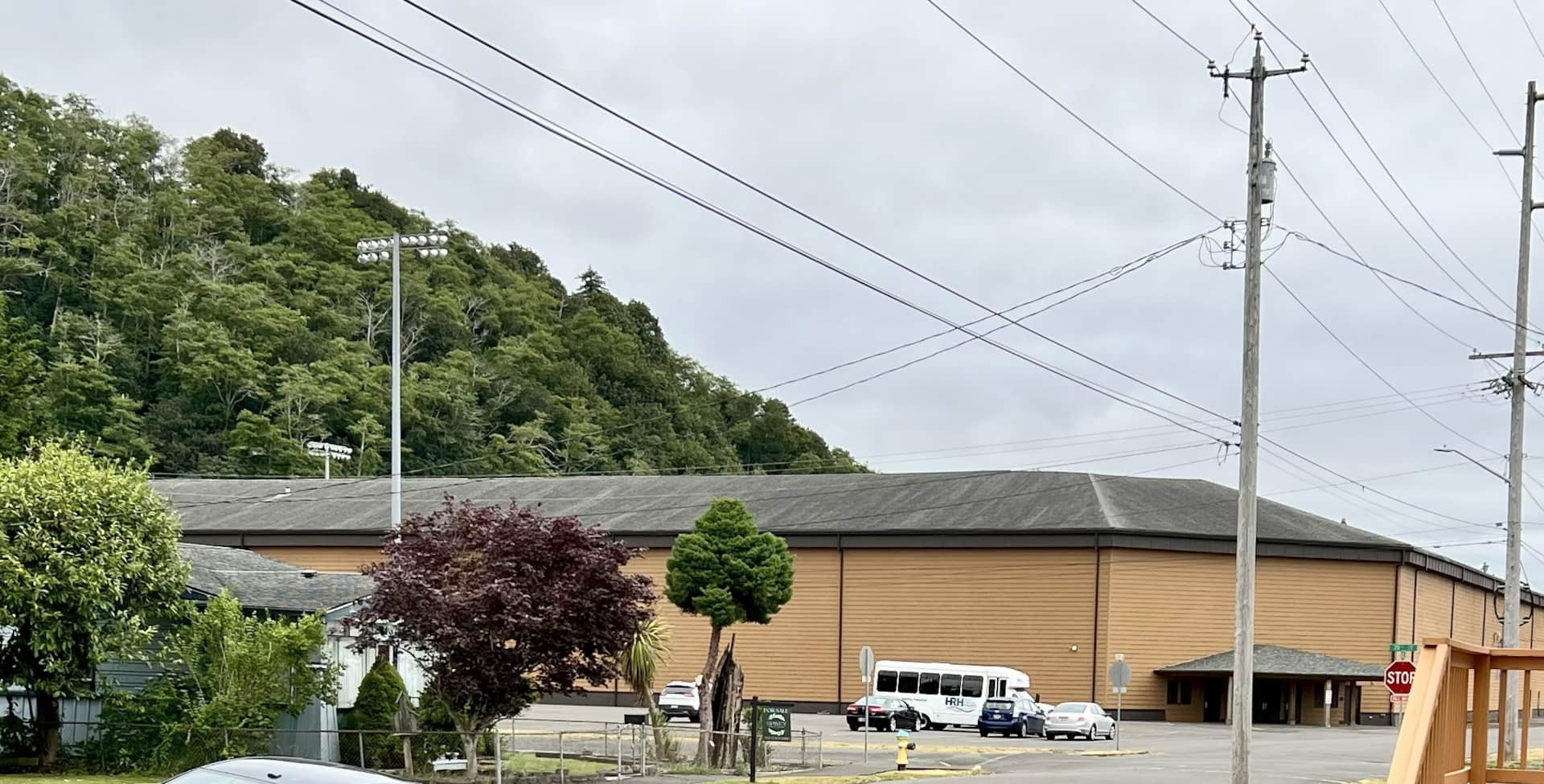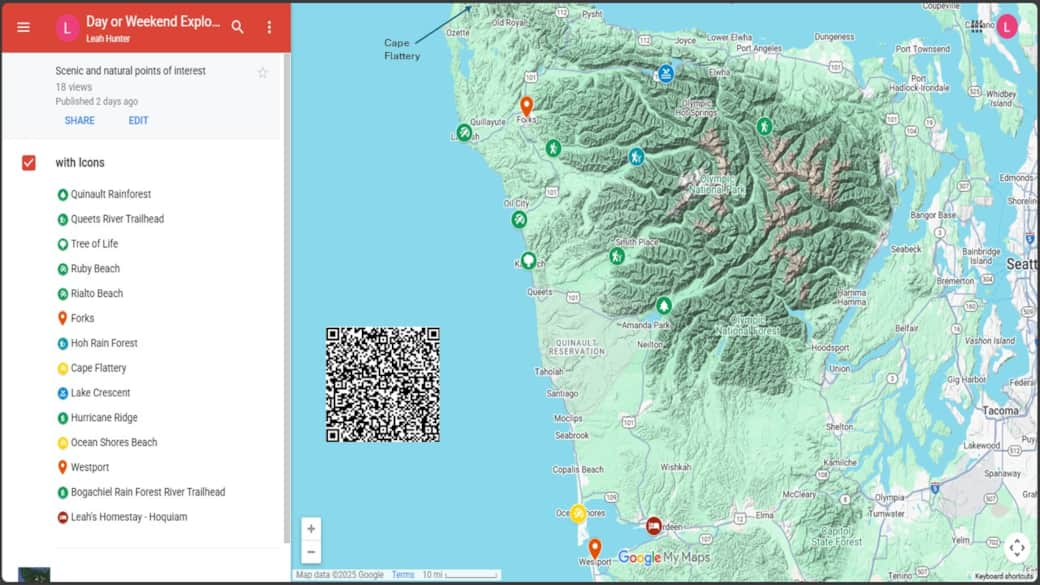Welcome to Hoquiam’s and The Olympic National Parks Rich Tapestry of Nature and Heritage
Nestled between rainforest trails and historic treasures, our region offers more than just scenic beauty—it’s a place where stories live in the trees, the stadium beams, and the winding rivers. Whether you're planning a day trip or simply curious, this guide offers a glimpse into the landscapes and landmarks that make our corner of Washington so unforgettable.
How Many Rainforests Are in Olympic National Park?
The park’s four rainforests are part of a huge Pacific Northwest rainforest that once stretched from Oregon’s southern coast to southeastern Alaska. Because of development, very few temperate rainforests outside of Olympic National Park exist along this stretch today.
But what makes a temperate forest? Rain. Rain. And more rain ⎯ 12-14 feet per year, to be exact in Olympic. Climate also is important. In Olympic, temperatures rarely drop below freezing or go above 80F, enabling an incredibly unique ecosystem to grow. Mosses, ferns, Douglas fir, red alders, Western hemlocks and Sitka spruce thrive in temperate rainforests, as do epiphytes, which are plants growing on other plants. Cat-tail moss and licorice ferns are two types of epiphytes you will find in Olympic.
Another characteristic of temperate rainforests are nurse logs, which are the remnants of downed trees. As you walk through the forest, stop and examine the nurse logs along the trails. They become vibrant places for seeds to grow, small mammals to live and insects to burrow.
4 Rainforests of Olympic National Park near Seattle, Washington
https://www.myolympicpark.com/things-to-do/natural-wonders/rainforests

Olympic Stadium
Olympic Stadium in Hoquiam, Washington opened in 1938. The City of Hoquiam first got the idea for an all-wood stadium in the early 1930s when it applied for a Civil Works Administration grant. In 1932, the grant was approved, then funded through President Franklin Delano Roosevelt’s New Deal WPA (Works Progress Administration) (DeCristofaro, 2018).
Construction began in early 1938 with the stadium officially opening to the public on Nov. 24, 1938. Constructed from local old growth fir, much of which was donated by the Polson Logging Company, the stadium grandstand forms an L shape and is enclosed on the Western side, protecting spectators from encroaching storms from the Pacific Ocean. Stadium architects designed the facility to house both baseball and football fields, a unique feature of the era’s grandstands.
The WPA constructed 48 grandstands, stadiums, and bleachers during project years, however none where as large as the Hoquiam Olympic Stadium. A testament to local community stewardship and foresight, the stadium is the largest and best-preserved all-wooden structure of its type in the country, and perhaps the world.
DeCristofaro, J. (2018, December 1). Exploring the History of the Hoquiam Olympic Stadium. Retrieved from http://www.graysharbortalk.com...

1938

2025

